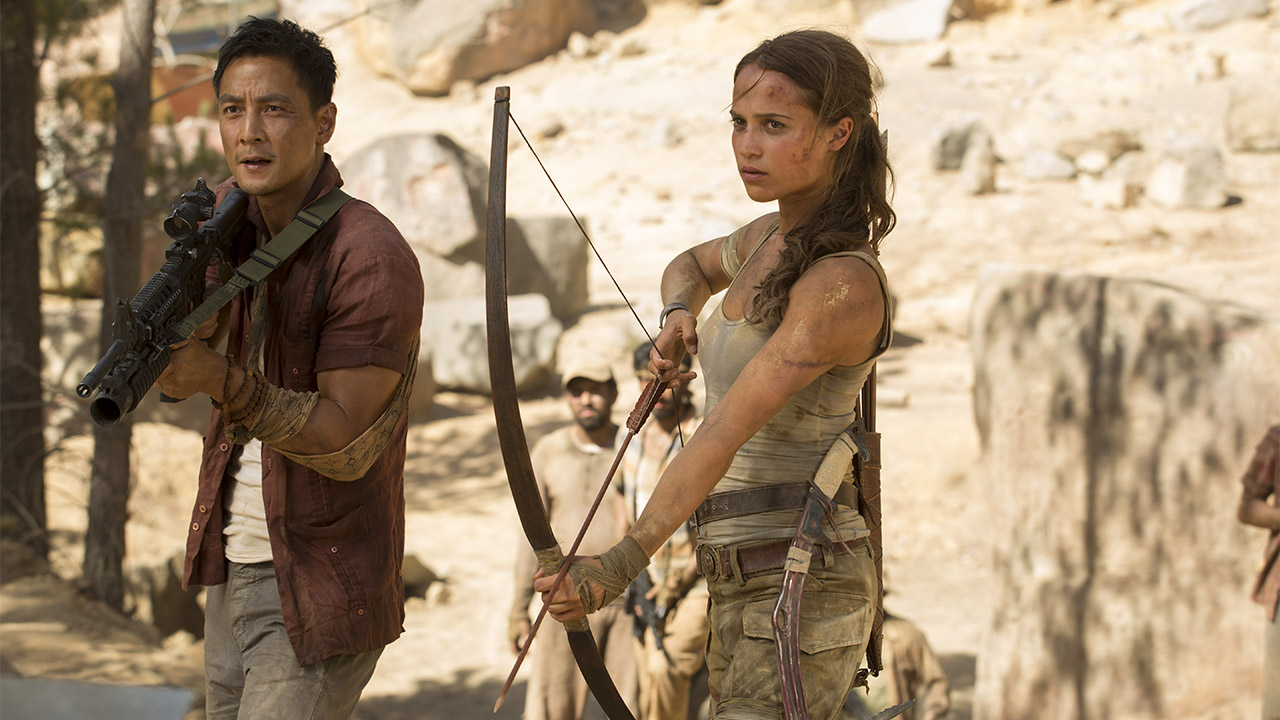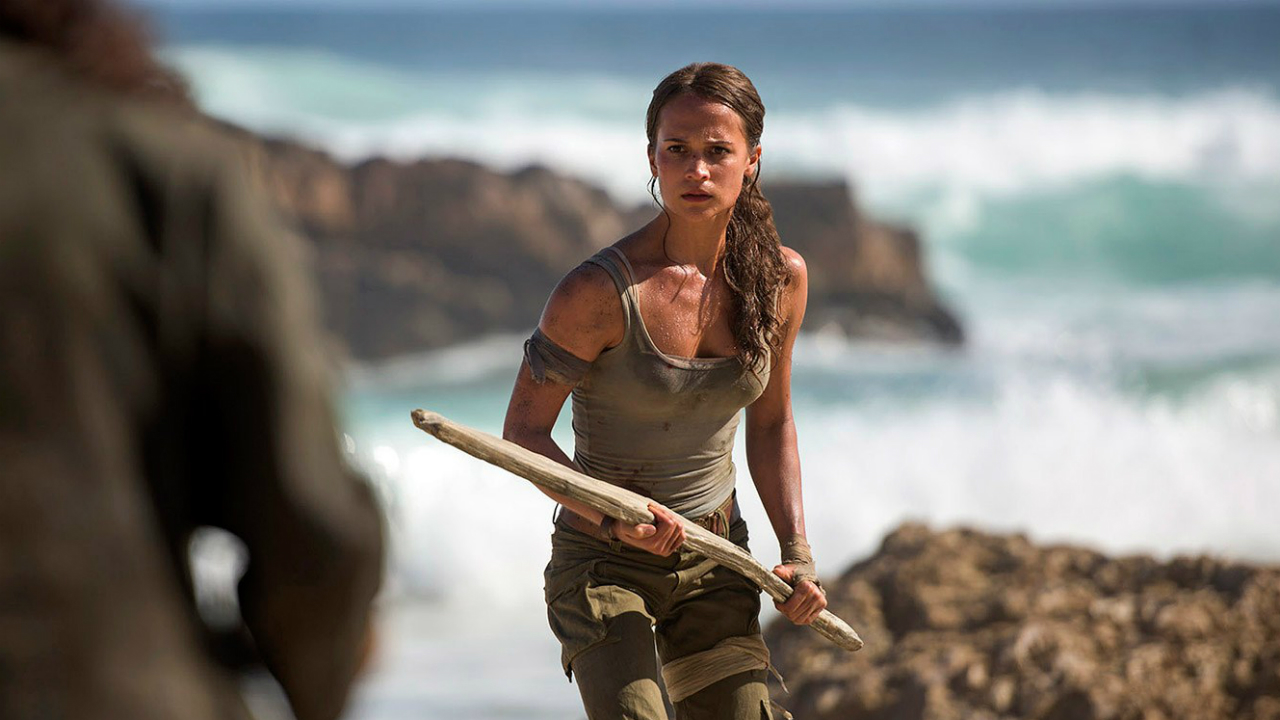GamesRadar+ Verdict
Vikander packs a punch but this Tomb Raider is a long way off the Holy Grail of the first three Indy movies.
Why you can trust GamesRadar+
Time is a great healer. But not even 15 years can soothe the pain of sitting through Jan de Bont’s Tomb Raider: The Cradle of Life, a sequel so bad it made Simon West’s Lara Croft: Tomb Raider seem rather fun (it wasn’t). Of course, casting the Oscar-winning Alicia Vikander as our crypt-combing heroine is enough to encourage wary viewers to make the leap of faith while pinging imaginary arrows from quivering bows… until, that is, you remember that Angelina Jolie rocked as the grande dame of video games. It was the movies wrapped around her that deserved to be entombed.
Like Tomb Raider, the 2013 game that rebooted the long-running series with the tagline ‘A survivor is born’, this is an origin story. A 21-year-old, relatable Lara flat-shares in London and works as a bike courier. Her father, Lord Richard Croft (Dominic West), has been missing for seven years, and is now pronounced dead – meaning directionless Lara is entrusted with his company Croft Holdings. She is also bequeathed a puzzle box that leads her to follow his fast-fading footsteps all the way to the fabled tomb of Empress Himiko on Yamatai Island off the coast of Japan.
Directed by Norwegian Roar Uthaug, whose 2015 action-drama The Wave kept its characters afloat amid thrilling set-pieces involving an 85ft tsunami, Tomb Raider similarly quests for authenticity: practical effects, rough ‘n’ ready action sequences, and, courtesy of Vikander’s soulful eyes, some emotional weight to go with the extra four kilos of muscle she piled on for the part. No thigh holsters strapped over hot pants here – just cargo pants and a biker jacket, and though she quickly sheds the latter to reveal what looks like a spray-on vest, Uthaug’s camera stays focused on her athleticism.

The director’s good intentions also extend to bad guy Mathias Vogel (Walton Goggins), who works for The Order of the Trinity, a militant organisation that seeks – wait for it – “control over the supernatural”. An academic who sold out to The Man, he’s granted stingy screen time but is at least given a smidgeon of dimensionality.
But despite integrity in spades, Tomb Raider never unearths gold. Muddy and messy they might be, but only one of the feel-the-sweat, hear-the-breath set-pieces sticks in the memory (Lara negotiating a rusted plane that bridges a waterfall – a scene lifted straight from the 2013 game), and even that is cursed by the memory of the altogether more suspenseful trailer-dangling-over-a-cliff scene in The Lost World: Jurassic Park. The story, meanwhile, is as dusty and cracked as an ancient treasure map, and for all the credibility craved by the filmmakers, they’re not above allowing Lara to outrun a spray of bullets on several occasions.
Jamie Graham is the Editor-at-Large of Total Film magazine. You'll likely find them around these parts reviewing the biggest films on the planet and speaking to some of the biggest stars in the business – that's just what Jamie does. Jamie has also written for outlets like SFX and the Sunday Times Culture, and appeared on podcasts exploring the wondrous worlds of occult and horror.



